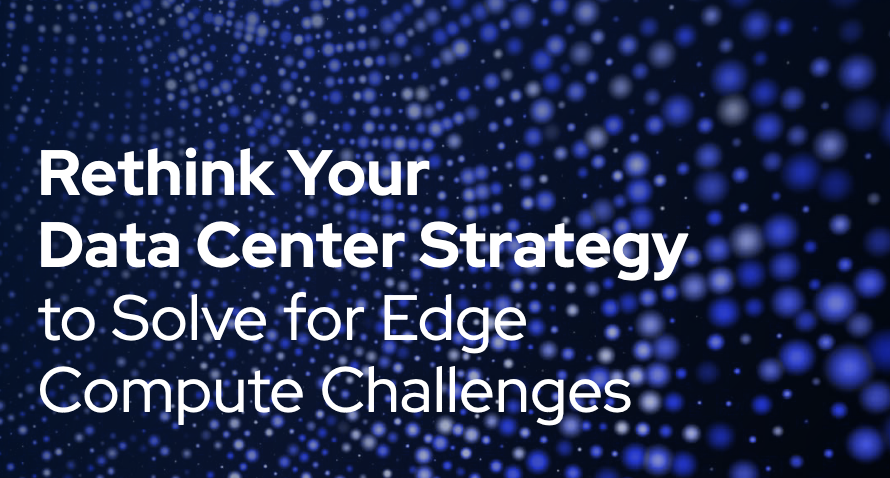When evaluating your data center footprint, strategies focused on traditional markets on both coasts are no longer adequate. Cloud computing, artificial intelligence (AI) and the Internet of Things (IoT) are now mainstream technologies and have fueled new concepts such as smart cities, telehealth services, autonomous vehicles, virtual reality experiences, wearable devices and digitally connected supply chains.
The back-and-forth exchange of data among applications in these systems requires dramatically different transport strategies. There’s simply too much compute happening at the edge to be able to serve all customers from one or two centralized data locations on the coasts. In the traditional model, data has to make a lot of hops before reaching the user or server, and that pushes latency beyond acceptable limits—and it’s going to get worse.
According to Gartner, more than 50% of enterprise-generated data will be created and processed outside data centers and the cloud by 2022. More than 20% of new industrial control systems will include analytics and edge AI inference capabilities, and upwards of 50% of greenfield IoT projects will use containers at the edge.
In this new digital order, service providers must deliver low latency and reliable performance at a favorable price to business customers and consumers. This requires a distributed, regional approach—locating data centers close to cities that have growing populations


